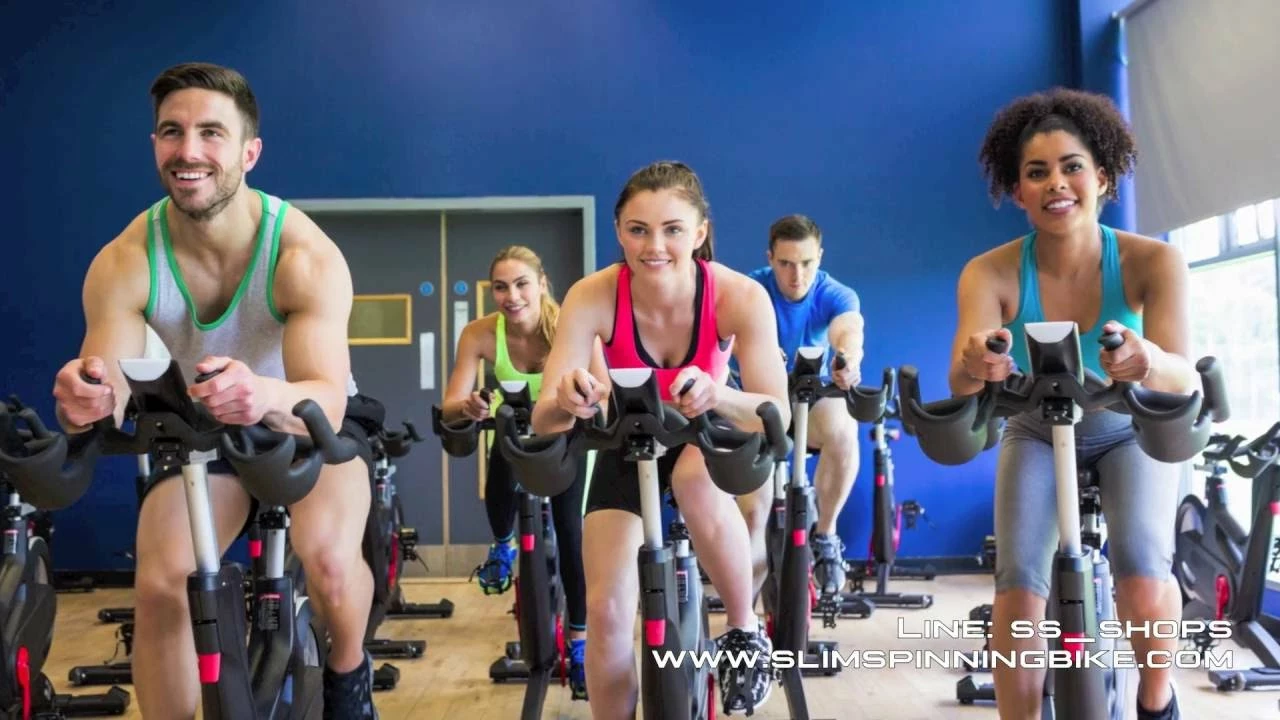Big Bellies in Cycling: Myths, Muscles and Managing Weight
Ever notice a friend on the bike with a surprisingly round midsection? You’re not alone. Cyclists talk about "big bellies" a lot, and the reasons are usually simple: food, ride style, and the way we train. In this guide we’ll break down what’s really happening inside the belly, and give you clear, no‑fluff tips to stay lean while still getting strong on the bike.
Why Some Riders End Up With a Bigger Midsection
First off, most cyclists burn a lot of calories during long rides, but they also reward themselves with big plates after the grind. Those post‑ride meals can add up fast, especially if you’re loading up on carbs, sauces, and sugary drinks. Overeating consistently pushes extra energy into fat stores, and the belly is the most obvious place it shows up.
Second, the type of training matters. If you spend most of your time on flat, steady rides, you’re building endurance more than high‑intensity power. That can mean fewer calories burned per hour compared to hill climbs or interval sessions. At the same time, many riders focus on building massive quads for climbing or sprinting – those heavy leg muscles need fuel, and the body often stores the excess as belly fat.
Practical Steps to Trim the Belly Without Losing Power
1. **Mix in high‑intensity intervals** – Short bursts of hard effort raise your metabolism for hours after the ride. Try a 5‑minute effort at 90% of max heart rate, followed by equal rest, and repeat a few times each week.
2. **Watch the post‑ride plate** – Aim for protein and veggies within 30 minutes of finishing, then keep carbs moderate. Swapping a sugary sports drink for water or a low‑calorie electrolyte mix can shave off hidden calories.
3. **Add core work** – A strong core supports good cycling posture and burns calories. Simple planks, dead‑bugs, and bicycle crunches for 3 × 30 seconds each, three times a week, make a noticeable difference.
4. **Use an exercise bike wisely** – If you can’t fit a road ride into your schedule, a stationary bike still burns calories. Keep the resistance moderate and aim for at least 45 minutes of steady pedaling or a mix of intervals. Consistency beats occasional long rides.
5. **Track your intake** – You don’t need a fancy app, just a quick note of what you eat around rides. Seeing the numbers helps you spot patterns, like that extra slice of pizza after every weekend ride.
Remember, a little belly isn’t a sign of failure. It can be a sign you’re fueling well enough to ride long distances. The goal is to keep the extra weight in check so it doesn’t slow you down or affect your health.
By tweaking your ride intensity, being smarter about food, and strengthening your core, you can enjoy the power of big quads without paying for a big belly. Keep it simple, stay consistent, and you’ll notice the difference on the road and off it.
After exploring the topic "Do great cyclists have big bellies?" I found that the answer is generally no. Great cyclists typically have lean bodies, including flat stomachs, due to high-intensity cardio workouts that cycling provides. Their diet is also closely monitored to maintain an optimal weight for performance. However, like anyone else, if they overeat or consume high calorie foods without enough exercise, they can gain weight. So, while there may be exceptions, the stereotype of a cyclist with a big belly is far from the norm.
Continue reading...
